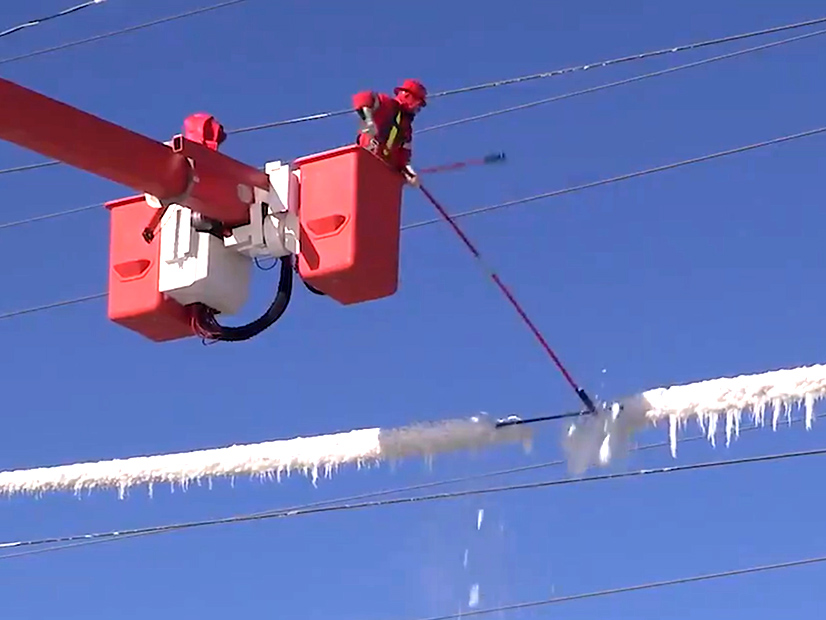MISO said an emergency declaration is likely in January if harsh weather collides with unforeseen generation outages.
Senior Director of Operations Planning J.T. Smith said the RTO expects to use load-modifying resources (LMRs), which require a maximum generation declaration, this winter.
“It’s not a one-out-of-50 scenarios. There’s a number of scenarios that put us there,” Smith told stakeholders during a virtual winter readiness workshop Tuesday.
But MISO’s Tim Bachus said the RTO should have enough capacity if the coming winter is in line with historical averages. Under normal circumstances, the grid operator predicts it will have 105 GW of capacity to cover a 94-GW peak in December; 106 GW to handle a 101-GW peak in January; and 108 GW to manage a 95-GW peak in February.
Staff estimates available capacity using average monthly generation outages during peak periods over the last five years.
However, MISO said it could find itself a gigawatt short of non-emergency resources in January if weather conditions drive load to 107 GW. If high generation outages are paired with that load, not even an emergency declaration and 11 GW of LMRs could cover demand, staff said. In a worst-case scenario, MISO could experience 107 GW of demand in January and have just 88 GW in non-emergency resources available.
The grid operator’s all-time winter peak of 109 GW occurred in January 2014.
“I think January might be a little challenging,” Bachus said. He added that MISO doesn’t include the 3-9 GW in non-firm imports it usually can access in a pinch.
“We didn’t include that because we want to be conservative,” he said, adding that the RTO’s neighbors are likely to experience emergency conditions when MISO does.
Bachus said MISO is entering this winter with 8 GW additional generation over last winter, mostly from renewable resources. But he said there’s a “significant” 10 GW of capacity that could become trapped in the South region behind the subregional transfer limit because of power-balance challenges.
The National Oceanic and Atmospheric Administration is forecasting an unremarkable winter in terms of temperatures, with a slight increased chance for precipitation in the northern parts of the footprint and a decreased chance for precipitation in MISO South.
“We don’t see any large chances for significant events, at least based on the forecast,” Bachus said.
Preparations stemming from February’s pervasive cold snap that forced MISO to shed load loomed large during the workshop. NERC’s new cold weather standards aren’t set to be effective until April 2023.
Staff said this year’s winterization generation survey indicates that most generation owners are better prepared for winter than in past years.
Smith said MISO will increase efforts this winter to reach out to generation operators to understand their fuel procurement status and weatherization preparedness before harsh weather hits.
He said higher natural gas prices this year will likely force some resource owners to procure coal instead of gas.
“Spot purchases might be difficult this winter,” Smith said. “It’s starting to be a concern, and I think some folks are starting to take action around that.”
This winter, MISO will track whether resources are available during the season’s tightest hours to calculate a new availability-based resource accreditation for its capacity market. Staff plans to file for the new accreditation process, a four-season capacity auction, and a minimum capacity requirement no later than Dec. 1. (See MISO Extends Seasonal Auction Discussions.)




